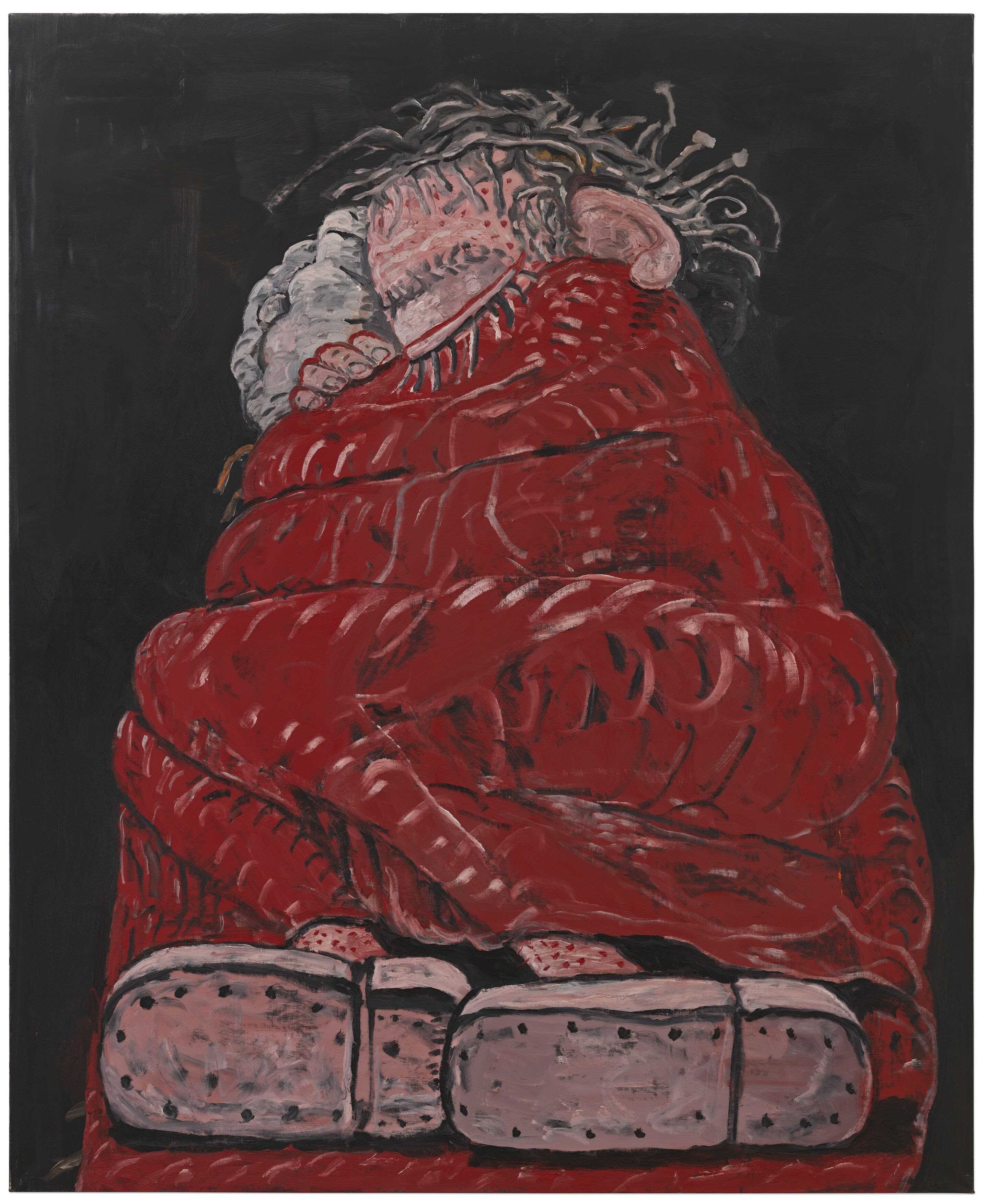Philip Guston (1913-1980) is one of the 20th century's most remarkable artists. Marking his first major retrospective in the UK in two decades, the exhibition delves into Guston's extraordinary 50-year career, featuring over 100 paintings and drawings.
This exhibition offers fresh perspectives on his early formative years, his activism, his renowned abstract period, and his thought-provoking late works. Shaped profoundly by personal tragedy and social injustice in the United States, Guston defied categorization, constantly pushing the boundaries of painting.
The exhibition starts with Guston's early life as the child of Jewish immigrants escaping persecution in present-day Ukraine.
In 1922, his family migrated to Los Angeles where Guston developed a fascination with cartoon imagery, European Old Masters painting, surrealism, and Mexican muralism. Amidst a backdrop of growing antisemitism and Ku Klux Klan activity, which fuelled his lifelong stand against racism, Guston's art became increasingly political with his later works like "Bombardment 1937" showing his reaction to the world's violence and injustice.
In 1934, he traveled to Mexico with Reuben Kadish and Jules Langsner to create the radical protest mural "The Struggle Against Terrorism 1934-35." This exhibition gives you the opportunity to view a projection of this monumental work.
After moving to New York in 1936 and changing his name from Phillip Goldstein to Philip Guston, he created murals for the government-funded WPA Federal Art Project.
Subsequently, he embarked on three trips to Italy. As seen in paintings like "White Painting I 1951," he became increasingly abstract becoming an influential figure in the New York School alongside his high school friend Jackson Pollock, Willem de Kooning, and Mark Rothko. The exhibition includes several influential works from Guston's first major retrospective at the Guggenheim Museum in 1962, such as "Passage 1957-58."
In the late 1960s, Guston became disillusioned with abstraction as he confronted an increasingly troubled world. He grappled with the concept of evil in his artistic practice, producing unsettling caricatures of hooded Ku Klux Klan figures engaging in everyday activities. This period climaxed with his infamous exhibition of paintings featuring hooded figures at Marlborough Gallery in 1970, including "The Studio 1969," where he interrogated not only himself but also the establishment. Critics often interpreted the cartoonish figurative style of these "hoods" as a crude rejection of abstraction.
Following the Marlborough exhibition, Guston returned to Italy, where he produced numerous small paintings evoking the ruins and gardens of Rome. The exhibition includes several of these captivating "Roma" works.
When he returned to his studio in New York, he dived into on an exploration of a new artistic language, which included giant eyes, mountains of legs, abandoned shoes, and everyday objects rendered both familiar and strange.
The last ten years of Guston's life, where spent in relative obscurity but proved to be his most prolific period, during which he created some of his most intricate and recognisable works.
- Monday:
-
10:00 - 17:30
- Tuesday:
-
10:00 - 17:30
- Wednesday:
-
10:00 - 17:30
- Thursday:
-
10:00 - 17:30
- Friday:
-
10:00 - 17:30
- Saturday:
-
10:00 - 17:30
- Sunday:
-
10:00 - 17:30

